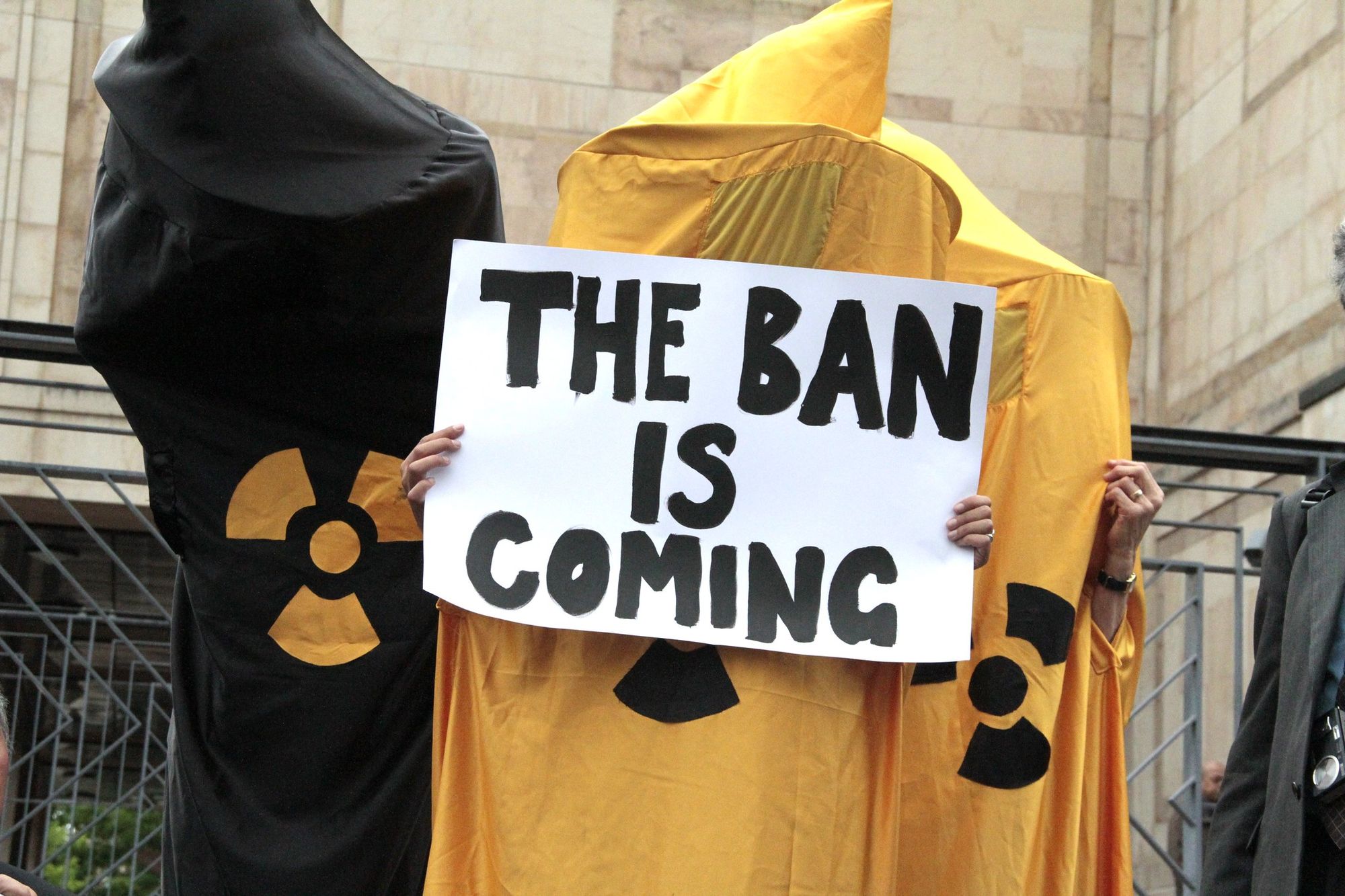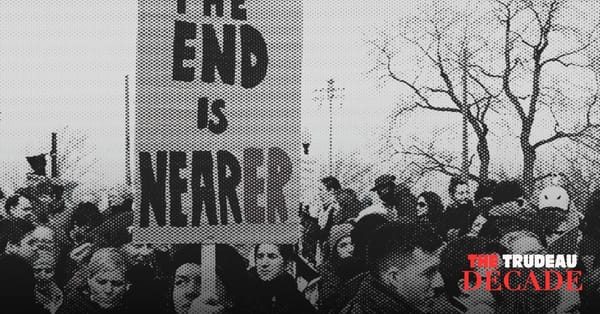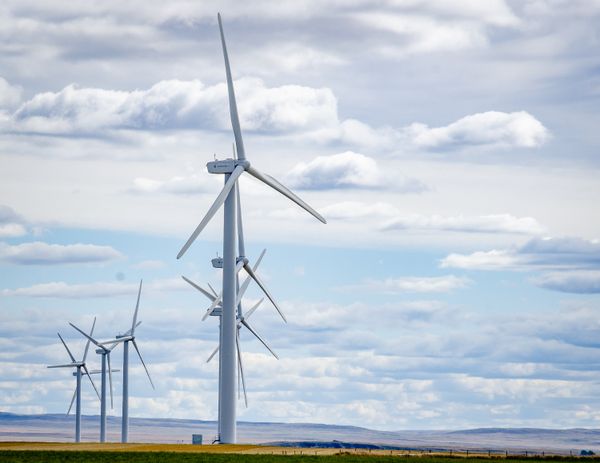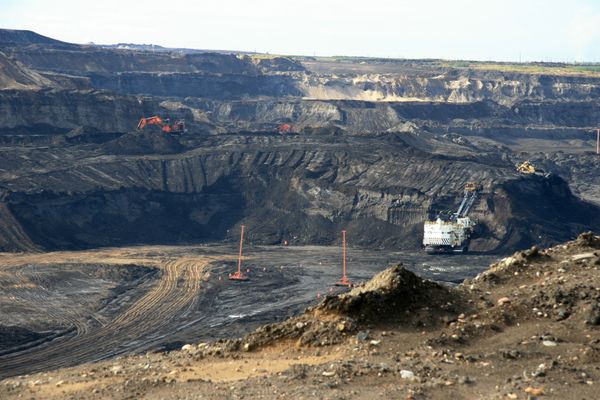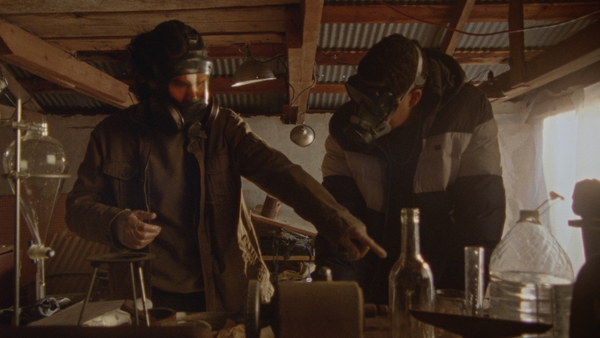This spring, nearly 60 countries that are party to a landmark new treaty banning nuclear weapons will gather in Vienna for the first time. In all likelihood, Canada won’t attend the historic meeting, even as an observer. This would be a serious mistake.
The “Treaty on the Prohibition of Nuclear Weapons” — or the Ban Treaty, as it’s colloquially known — basically does what it says on the tin: it’s the first legally-binding international agreement to not “develop, test, produce, acquire, possess, stockpile, use or threaten to use nuclear weapons.” The treaty entered into force in January 2021, after adoption at the United Nations (UN) in July 2017.
Canada never formally engaged in the negotiations. Along with nearly every other NATO member, it abstained from the UN process at the behest of its nuclear-armed allies, the United States, the United Kingdom and France. At the time, Prime Minister Justin Trudeau even called the negotiations “sort of useless.”
On the surface, he has a point: if no nuclear-armed countries are party to the Ban Treaty, then legally “banning” them won’t immediately make the world any safer — not least of which because all nine nuclear-armed states are currently modernizing their arsenals. However, Trudeau’s dismissive attitude fundamentally misunderstands both the purpose and praxis of the treaty.
The Ban Treaty does much more than “ban” nuclear weapons. It also emphasizes the catastrophic humanitarian, ecological and gendered impacts of nuclear weapons, and directs states to repair these harms through concrete action. In particular, the Ban Treaty obligates states to provide age- and gender-sensitive medical and financial aid to victims of nuclear testing. Crucially, states must also provide environmental remediation to contaminated areas such as the Marshall Islands, where countless Bikinians were irradiated and displaced by Cold War nuclear tests, yet remain forgotten and left to deal with leaking ‘tombs’ of nuclear waste.
Although Canada never built nuclear weapons of its own, it played an active and essential role in their development, often to devastating ends.
During the Second World War, hundreds of tons of uranium ore were mined in the Northwest Territories and shipped to the U.S. to create the first atomic bombs. These miners, most of whom were from the Dene First Nation, were never informed of the harms of radiation exposure even though the Canadian government was well aware of the risks at the time. Additionally, scientists at the Montreal Laboratory played a significant role in both the British and American wartime nuclear weapons programs, and Canada unwittingly facilitated India’s first nuclear test, in 1974, by supplying the country with a CIRUS nuclear reactor.
Through these actions, Canada has a moral responsibility to participate in the Ban Treaty’s humanitarian initiatives. Crucially, it can do this without formally signing the treaty, which would trigger political pressure from the U.S. and other nuclear-armed allies.
In an attempt to deter its allies from interacting with the Ban Treaty, the U.S. has continuously argued that it’s incompatible with NATO alliance commitments. However, Norway and Germany, two of Canada’s NATO allies, recently announced that they’ll attend the First Meeting of States Parties in March under “observer” status. Both countries are much more enmeshed in NATO’s nuclear architecture than Canada. Norway participates in NATO’s “Support of Nuclear Operational With Conventional Air Tactics” (which uses a notably disarming backronym: “SNOWCAT”) to provide air support for NATO’s nuclear-capable aircraft, while Germany hosts approximately 15 U.S. nuclear weapons on its territory at Büchel Air Base.
If these countries can attend this historic meeting without calling their NATO commitments into question, there’s no excuse for Canada not to join as well.
Moral responsibilities aside, Canada’s participation would bring the government closer in step with its own population. Almost 60 per cent of Canadians live in regions that have banned nuclear weapons, including Ontario, Manitoba and the Northwest Territories, or in self-proclaimed “nuclear weapons-free cities,” such as Toronto, Vancouver, and Nanaimo, B.C.
On the whole, Canadians appear to be overwhelmingly in favour of nuclear disarmament. An April 2021 Nanos survey revealed that more than 70 per cent of Canadians would withdraw money from any investment that contributed to the development of nuclear weapons, and that nearly 75 per cent of Canadians want Canada to join the Ban Treaty, even under pressure from the U.S. not to do so.
By attending this historic meeting, Canada could play a critical bridge-building role between the nuclear haves and have-nots. The heightened animosity between these two opposing groups, spurred on by competing views over the Ban Treaty, threatens to seriously derail cooperation on disarmament and non-proliferation through other arms control channels. In particular, the Non-Proliferation Treaty — the cornerstone of the international non-proliferation regime since 1970 — is currently in danger of collapsing, in large part due to the ever-growing rift over nuclear disarmament priorities.
Regardless of the Canadian government’s opinion on the Ban Treaty, it’s here to stay. And Canada choosing to shut itself out of the process only hurts its own international position, as well as its ability to reduce these aforementioned political tensions.
To that end, the government should participate in the treaty’s first Meeting of States Parties, along with Norway and Germany. To do otherwise would be an abrogation of Canada’s moral responsibility to those that it once harmed, its democratic responsibility to its overwhelmingly pro-disarmament population and its strategic responsibility to strengthen the international non-proliferation regime.

